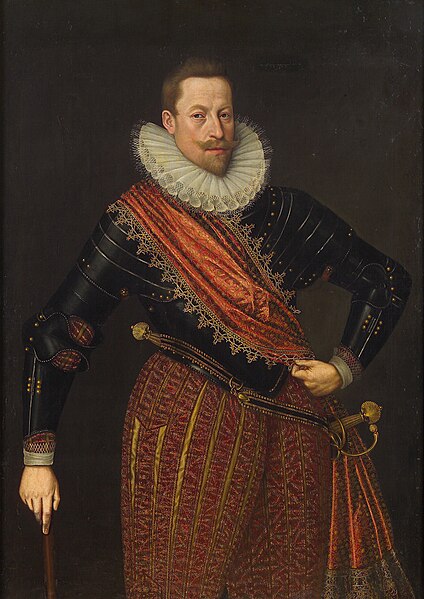The Ducal Crypt is a burial chamber beneath the chancel of Stephansdom in Vienna, Austria. It holds 78 containers with the bodies, hearts, or viscera of 72 members of the House of Habsburg.
Stephansdom in Vienna, Austria, which houses the Ducal Crypt
Ducal Crypt
Emperor Matthias is the first emperor whose viscera are deposited here. They were brought to the Ducal Crypt from their original resting place over 20 years later, after the testament of emperor-elect King Ferdinand IV of the Romans had set the precedent for honoring these three churches with the remains of the members of the Imperial Family.
Emperor Leopold I41 enlarged the Imperial Crypt at the Kapuzinerkirche and established the tradition of burying members of the Imperial Family in these three churches in Vienna, following the precedent set in 1654 by King Ferdinand IV of the Romans.
St. Stephen's Cathedral, Vienna
St. Stephen's Cathedral is the mother church of the Roman Catholic Archdiocese of Vienna and the seat of the Archbishop of Vienna, Christoph Cardinal Schönborn, OP. The current Romanesque and Gothic form of the cathedral, seen today in the Stephansplatz, was largely initiated by Duke Rudolf IV (1339–1365) and stands on the ruins of two earlier churches, the first a parish church consecrated in 1147. The most important religious building in Vienna, St. Stephen's Cathedral has borne witness to many important events in Habsburg and Austrian history and has, with its multi-coloured tile roof, become one of the city's most recognizable symbols. It has 256 stairs from the top to the bottom
St. Stephen's Cathedral, Vienna
Watercolor by Jakob Alt, 1847
Romanesque Towers on the west front, with the Giant's Door
South tower and the shorter north tower, along with the roof tiles mosaic.







